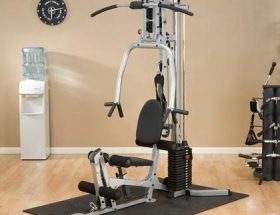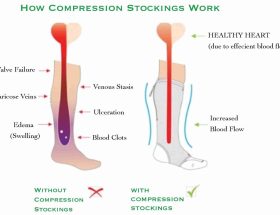When it comes to strength training, there are several different disciplines that athletes can choose from. Two popular options are CrossFit and powerlifting. While both sports focus on building strength and improving athletic performance, there are some key differences that set them apart. In this article, we will explore these differences to help you determine which discipline might be the right fit for you.
What is CrossFit?
CrossFit is a high-intensity fitness program that incorporates elements of various sports and exercises. It is designed to promote functional movements, cardiovascular endurance, and overall physical fitness.
One of the defining features of CrossFit is the use of constantly varied workouts. Each day’s workout, also known as a “WOD” (Workout of the Day), is different, challenging athletes with a wide range of movements and skills. These workouts often combine weightlifting, gymnastics, cardio exercises, and plyometrics.
CrossFit also emphasizes the concept of “constantly varied, high-intensity, functional movements.” This means that athletes are encouraged to train in a way that mimics real-life movements and improves their ability to perform in various physical activities.
What is Powerlifting?
Powerlifting is a strength sport that revolves around three main lifts: the squat, bench press, and deadlift. The goal is to lift as much weight as possible in each of these exercises.
Unlike CrossFit, which focuses on a wide range of movements, powerlifting is very specific. Athletes train extensively in the three core lifts, aiming to continually improve their strength and technique.
Powerlifting competitions consist of three attempts at each lift, and the athlete’s best successful attempt in each lift is combined to determine their total. The competitor with the highest total wins the competition.
Differences in Training
Training for CrossFit involves a mix of different exercises and movements, with an emphasis on both strength and conditioning. CrossFit workouts often include weightlifting, like the clean and jerk and snatch, as well as bodyweight exercises, such as pull-ups and burpees. Cardiovascular endurance is also a crucial component, with high-intensity interval training commonly used.
In contrast, powerlifting training is heavily focused on the three main lifts: the squat, bench press, and deadlift. Athletes typically follow specific programs that prioritize strength development and technique improvement in these lifts. Workouts may consist of multiple sets and reps at high percentages of an athlete’s one-rep max.
Competitions and Performance Metrics
CrossFit competitions usually involve a series of workouts over a span of several days. These workouts can include a variety of movements and exercises, testing an athlete’s strength, endurance, agility, and more. Participants earn points based on their performance in each workout, and the athlete with the highest overall score is crowned the winner.
Powerlifting competitions, on the other hand, are focused solely on the three main lifts: squat, bench press, and deadlift. Athletes have three attempts at each lift, with the highest successful attempt for each lift added together to determine their total. The competitor with the highest total wins the competition.
Goals and Objectives
The goals and objectives of CrossFit and powerlifting differ as well. CrossFit aims to develop well-rounded fitness, emphasizing strength, endurance, flexibility, and overall athleticism. The focus is on being able to perform well in a wide range of physical activities.
Powerlifting, on the other hand, is primarily concerned with maximal strength. The goal is to continually increase the amount of weight lifted in the squat, bench press, and deadlift. Powerlifters often prioritize strength gains over other fitness factors.
Injury Risk and Safety
Both CrossFit and powerlifting carry the potential for injury if proper form and safety precautions are not followed.
With CrossFit’s high-intensity and varied workouts, there is a risk of overtraining or pushing beyond one’s limits, leading to injuries. However, CrossFit coaches and trainers place an emphasis on teaching proper technique and form to minimize the risk of injury.
In powerlifting, the intense focus on heavy lifting increases the risk of injury, especially when proper form is not maintained. However, powerlifters often undergo rigorous training and follow strict protocols to ensure safety.
Conclusion
Both CrossFit and powerlifting offer athletes unique ways to build strength and improve performance. If you prefer a varied, high-intensity workout that combines different exercises and movements, CrossFit may be the better choice. On the other hand, if you are solely interested in increasing your maximal strength in three specific lifts, powerlifting might be more suitable.
Ultimately, the decision between CrossFit and powerlifting depends on your goals, preferences, and individual fitness needs. Regardless of which discipline you choose, always prioritize safety, proper form, and listen to your body to avoid unnecessary injuries.








